As I mentioned last week, these next articles will focus on how you can make enthusiast ownership affordable here in 2023. In fact, I’m arguing that enthusiast car ownership is now more affordable than ever. This week is all about how to save your future self money by being proactive, but tactical, with your preventative and regular maintenance. But first, I want to harp on the running theme here: affordability in this market.

When I say “affordable,” I mean two things. First, most of the normal wear and tear parts that cars we consider “cool” (your E30/36/46 BMWs, MK4/5/6 GTIs, B5/6/7/8 Audis, etc.) need are no longer as expensive as they used to be. This is thanks in part to how long these cars have been on the road and how long manufacturers have had to develop replacements. It’s also partly due to the heavy demand for these parts. Companies crank them out, they are widely available, and many competing brands in the aftermarket sphere help keep those prices down.
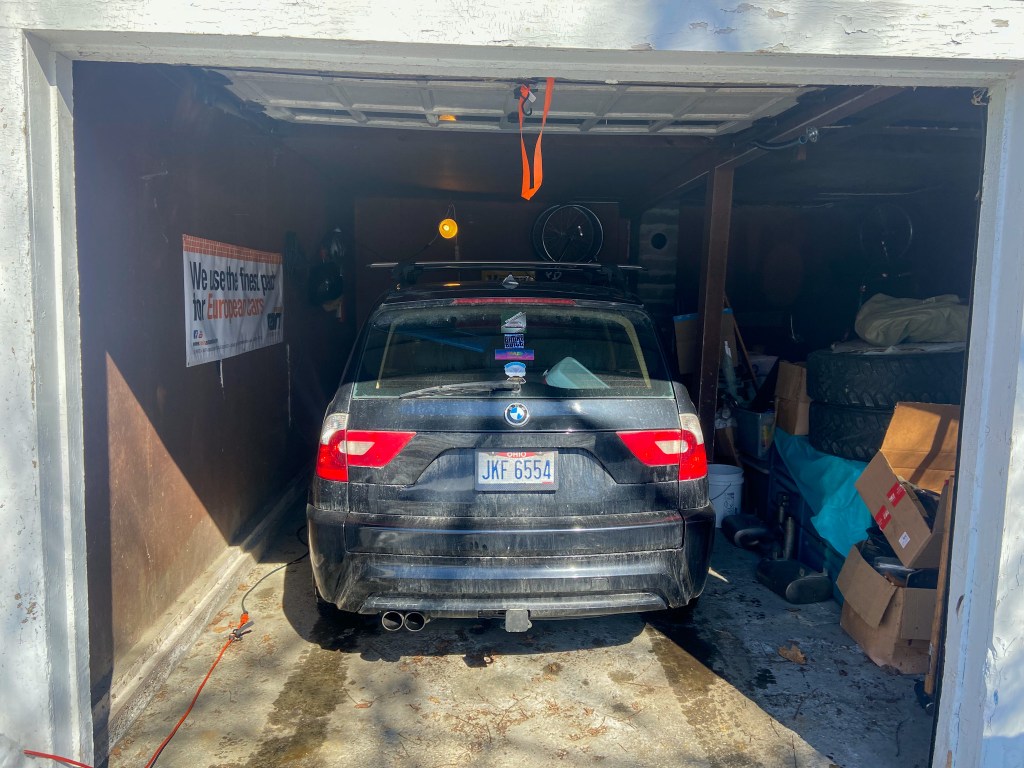
Secondly, the cost of labor hours, the constant back-up in service availability thanks to labor shortages, and the cost of environmental permits, etc. have made taking your car to a shop more expensive than ever. While I know that means nothing to many of you who do it all yourself, there are quite a few enthusiast owners who prefer to have a pro tackle the bigger jobs. Whether there reasoning be the lack of experience or just not wanting to fool with the DIY, it doesn’t matter. Take, for example, a classmate of mine who recently let me take a look at her BMW. Funny enough, it’s a late model with the N52, but otherwise identical to my E83 X3. Smartly, she let me have a look after she noticed some coolant puddles on the ground and the infamous “Low Coolant” light. It just needs a cooling system refresh; hoses, expansion tank, thermostat, the usual suspects. But a quick call for a quote at a local Euro shop revealed that she should expect to spend at least a few grand on the repairs… and wouldn’t be able to take it in for over a month.
This second half to the affordability problem is where I’m driving. It’s not just more expensive to take your car to a shop with all these increases in labor and service costs, it costs time that you may not have. For my classmate’s case, this is her only car. While we don’t need to drive much here in our little town, being without a car is a hassle. Naturally, I advised her to just keep an eye on the temperature and sent her on her way with some OEM BMW coolant just in case she needs to top up again before I can do the maintenance for her. But if I weren’t here, that would mean she’d be spending thousands of dollars on service for a car not worth much more than that. And here’s the real kicker: it’s otherwise one of the nicest examples of an E83 I’ve ever seen! There is no reason to mechanically total a great car when you can find the parts, readily available DIY instructions, and a nice shady spot to do the work.
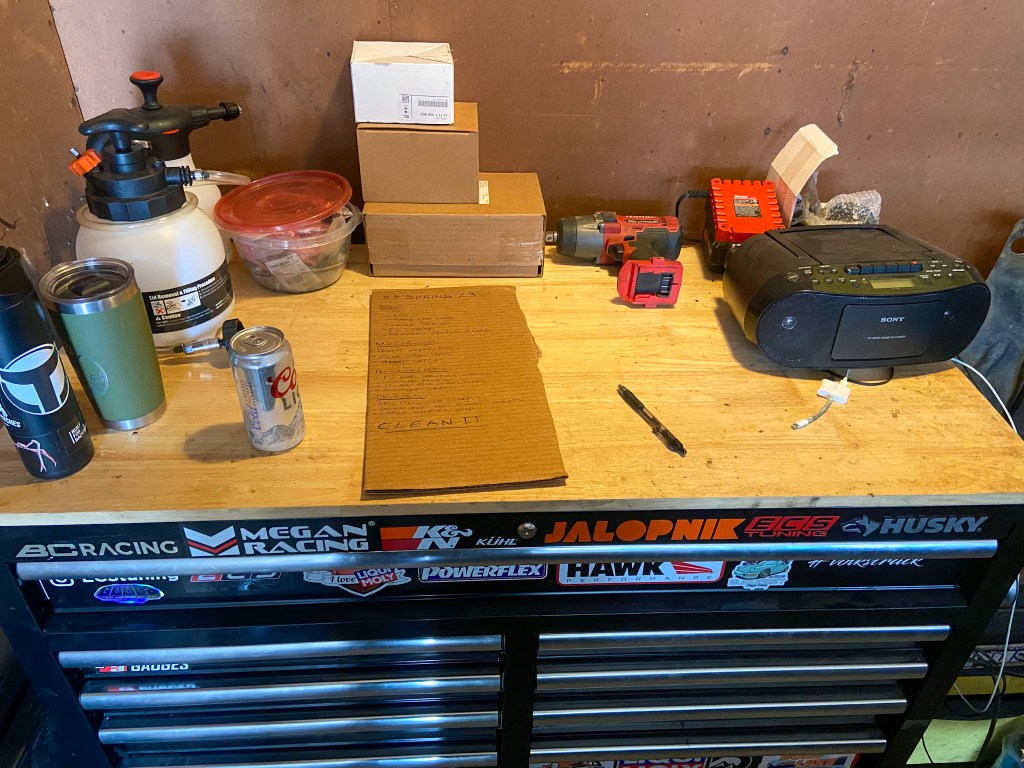
So, that brings us to the point at hand: doing that preventative maintenance. My classmate’s car serves as a perfect example of why you should stay ahead of these services most folks would consider “as needed” rather than preventative maintenance. I’m here to argue for a little more forethought than that mindset requires. I’m not saying that if the engine has any miles on it at all that your car needs a nut-and-bolt restoration. I’m just saying that with a little interneting, you can find the common problems with most cars if not just about every engine that your car might have. It could be the difference between you having a budget for what could be a problem and you being surprised by a sudden expense, like my unfortunate classmate. So, the first thing to do if you haven’t turned a wrench in a while is to fire up the ol’ Google machine and look up what could be a potential problem in the future with your car.

In fact, I’ve written many of these common problems articles myself for several of those popular Euro cars. But even if you can’t find an article here on this blog, there is someone out there who lives and breathes your car. They’ve put everything you need to look for in terms of potential issues out there for you to keep in mind. Once you’ve found the common problems, it’s a good idea to give your car a self-inspection. The best time to do that is during the most important of regular maintenance, the oil change.
The oil change is often approached like doing the dishes or folding laundry. It isn’t complicated, it’s mindless, and it takes about twenty minutes. What is usually forgotten is the importance of inspecting your car during that service. Whether you’re using a Schwaben Fluid Extractor to save some hassle or doing it the old fashioned way with gravity, you’re still going to have at least a few minutes where you’re just waiting for the oil to drain out of the engine. This is a great time, especially if you’ve jacked up the car, to poke around and see if anything is showing signs of leaks or wear. The oil change should be more than just a fluid swap, it should be your chance to notice anything that is wrong or is about to go wrong in the near future.

When performing this inspection, remember those key areas highlighted in the common problems articles I mentioned above. Look at your oil pan for signs of leaks from above. Valve cover gaskets, oil filter housings, VANOS lines, the oil pan, and anywhere with a gasket designed to keep oil in are usual suspects when it comes to finding buildup lower down on the engine block. You should also consider removing your splash guard (if it’s still installed) or skid plate to check for more than just road grime. Often a small leak will leave few signs you can see visually inspecting around the engine, but you’ll find that buildup on the undertrays.
Craig’s Tip: LIQUI MOLY Molygen is a UV-Reactive dyed engine oil that will glow green under a UV light to trace engine oil leaks. Read about Molygen in this article here on our blog.
Again, as I said in last week’s article, much of this should be common sense to many of you readers. However, it’s a good reminder. Sometimes I rush through things and ignore where there could be potential problems ready to arise on the next drive. In fact, that’s what I’m knee-deep in now: fixing stuff I’ve been neglecting.
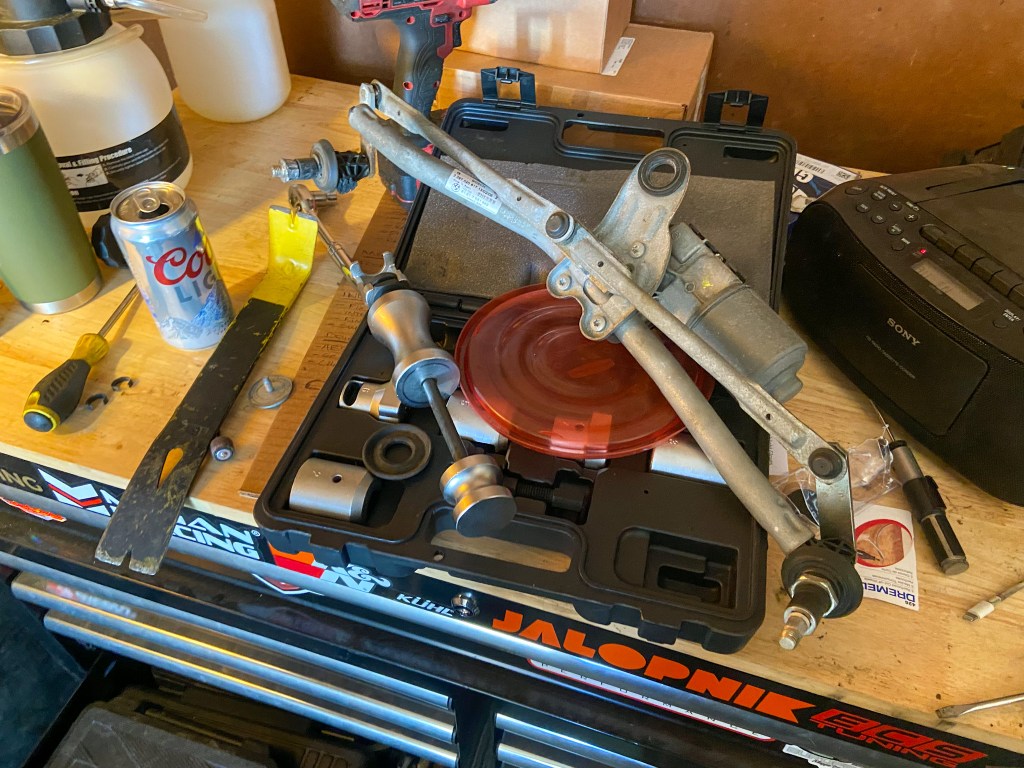
What you’re looking at here is my example of true preventative maintenance. I knew it was time to do the dual VANOS on my M54, as I’ve noticed a lack of power for some time. I’d put it off because I knew there was more that I wanted to do since some of the things I’d need to remove would allow me to tackle those as well. In this case, I waited for my spring break to spend all weekend not at a ski cabin with my friends, but prioritizing the needs of my daily transportation and instead spending that time in the garage. Here’s where I get into the show-and-tell portion of the article.
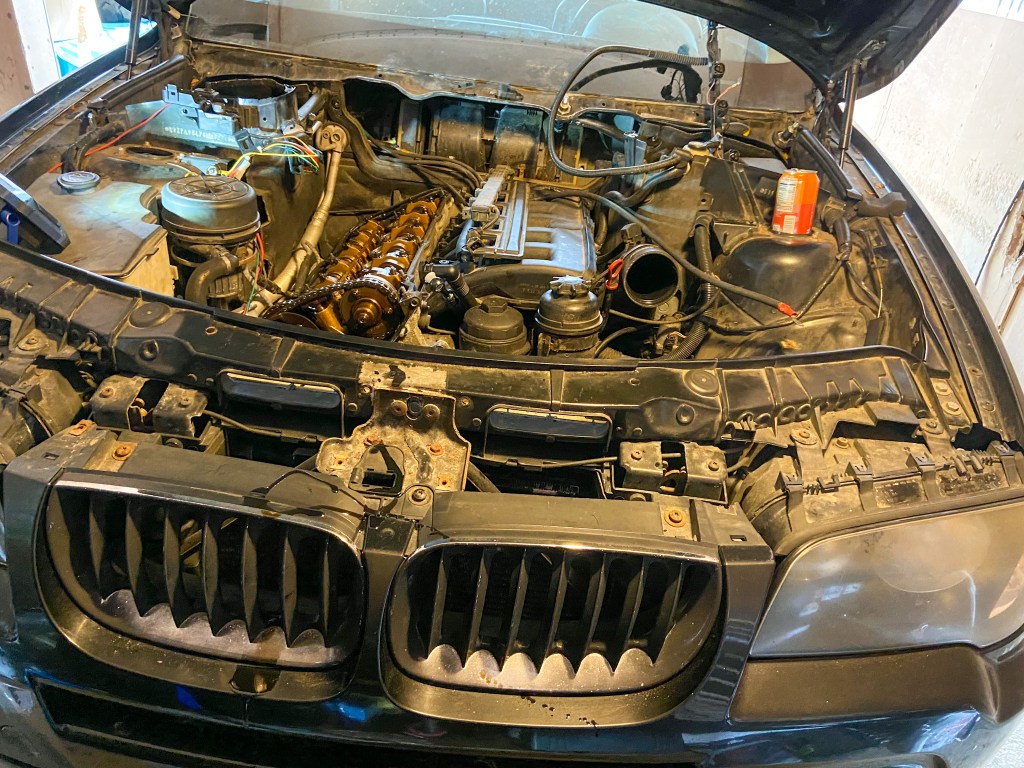
In preventative maintenance, it’s less about fixing the problem that is there and more about fixing potential problems. A good time to do this is when you have to fix something, especially something that requires a good bit of disassembly, as you can know it’s going back together with all brand-new parts. For me, this VANOS service was the perfect opportunity to do just that. My M54 is sitting just shy of 190k miles, so I wanted to tackle the PCV system, valve cover gasket, intake manifold gaskets, the fuel line to the rail (the fitting doesn’t like to stay clamped on the hard line and occasionally becomes a fire hazard), and replacing the little vacuum port caps that like to crack with age. While the only thing actually broken was the VANOS, I set aside time and money to tackle a bunch of other things that would inevitably require me to dig back in there again when I don’t have the time. So, in accordance with my own advice, I “while I’m in there’d” this service.

That’s truly the main point of this article: the “while you’re in there” mentality. It may seem like an up-front cost you don’t need to bear, but the savings in the long run make it extremely cost-effective. By doing all of the stuff I haven’t done in my ownership that is likely to go bad at some point, I’ve used the same time doing jobs that require much of that to come out anyway to do more than just “as needed” repairs. I’m not saying rebuild your whole engine when you go to do an oil change, but I am saying that you should be mindful of what you’re fixing as you approach the job. Think about anything that you’ll have access to while you’re in there (ha! He said it! He said the thing!) and plan accordingly. You’ll find that the time saved is money (or fun) saved later.
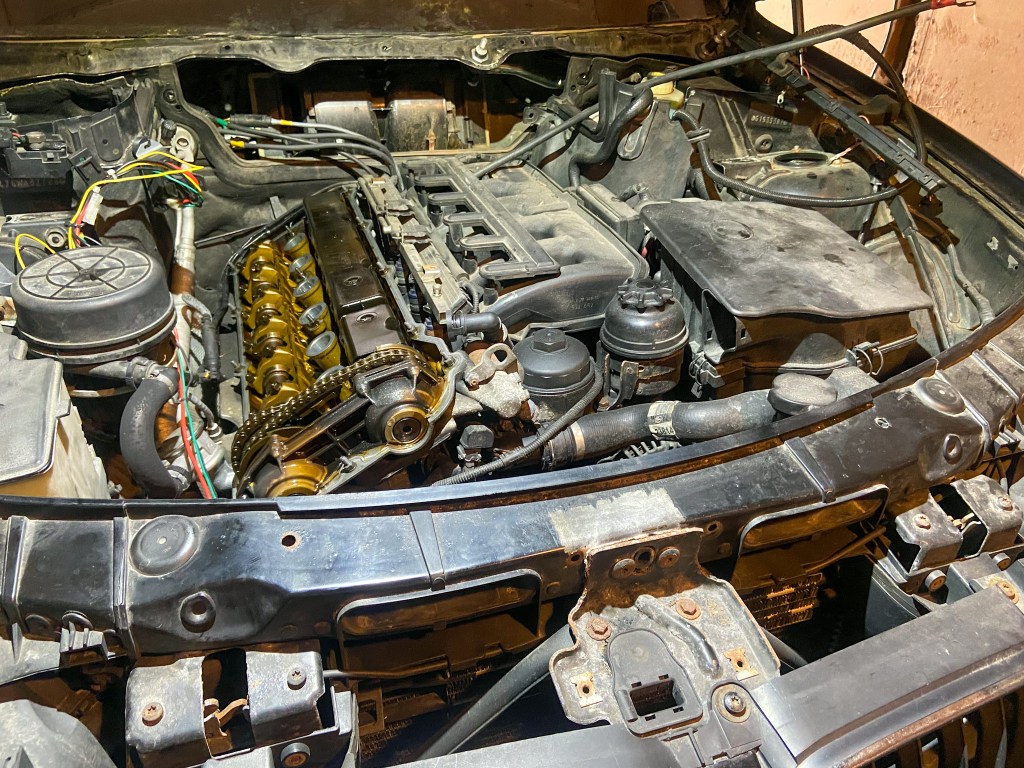
More than just the time, though, it’s a chance to spot anything truly worrying. While I was in my VANOS, for example, I found that more than just the seals needed replacing. Well, I was able to ship the remainder of the VANOS parts here for the true rebuild and used the down time to finish up all the other repairs, even finding the time to go ahead and replace my janky wiper linkage and windshield cowl. Those last two things I didn’t need to do, but again, while I’m in there, I might as well.
As I said last week, I’m living by my advice and doing more than just telling you how you should approach maintenance. I’m showing you what it looks like from a practical standpoint. I would have loved to spend my spring break hanging out with my fellow classmates up on the slopes. Instead, I decided to spend more time now taking care of my daily transportation so that when I need it, I can rely on it. Now, for the rest of this semester and this coming summer semester, I can rest easy knowing that things I could have replaced won’t be a failure point that takes me away from studying while I grumble away in my garage doing repairs that could have been maintenance. That’s the all-important point. It isn’t just money you save by doing these jobs yourself, it’s time that you shouldn’t spend later that can be better spent when you plan for it. By planning, prioritizing, and being tactical with any regular service or repairs, you can add in some preventative maintenance for comparatively little hassle and save yourself a big headache in the future.
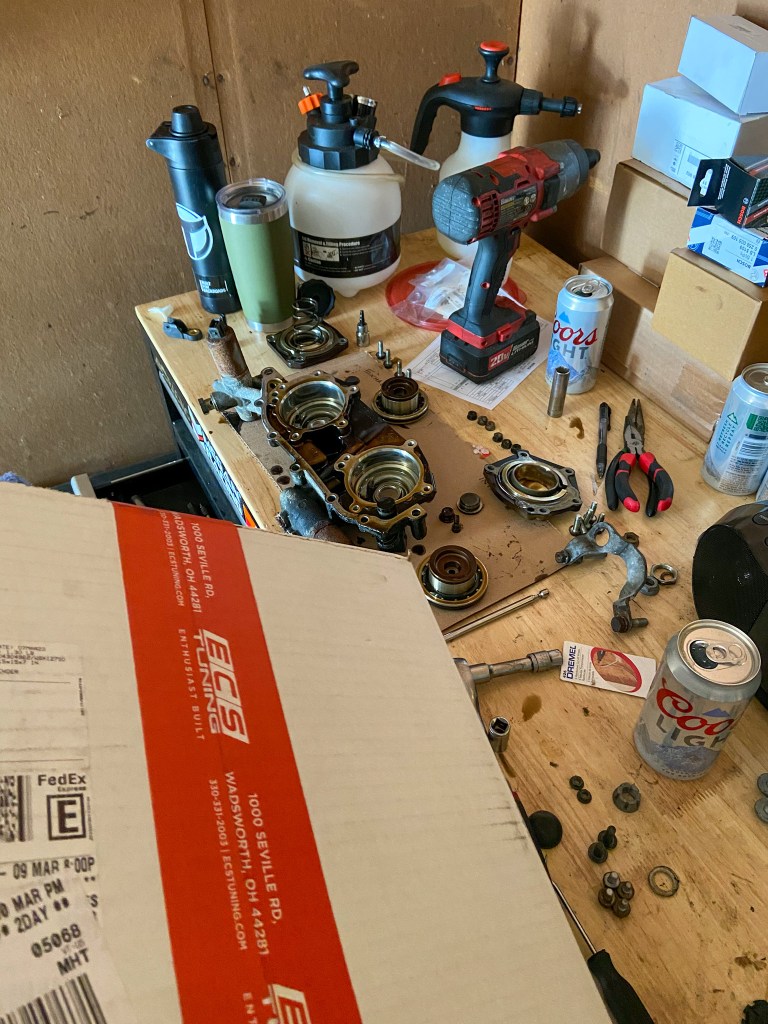

This is all to say, preventative maintenance is now super affordable both in the cost of the parts and the time you’ll save. Whether you’re a true DIYer or someone who generally takes their car in for more than just an oil change, this is time you don’t want to spend waiting, especially when your daily transportation can’t wait. A problem not fixed today is a bigger problem tomorrow, after all, and we all know that just makes mechanics see dollar signs. Take it from me, if you don’t have the time to do the maintenance, you definitely don’t have the time to wait for a tow truck, wait for the shop to get the parts, wait for a rental to be available, and wait for the shop to fix it. Just save yourself the time now, do your regular inspections, find those common problems, and grab an Assembled by ECS service kit or two. If you need to spend a bit on some tools to get the job done, don’t worry, our in-house Schwaben tool brand has you covered. But more on that next week. Stay busy, friends.


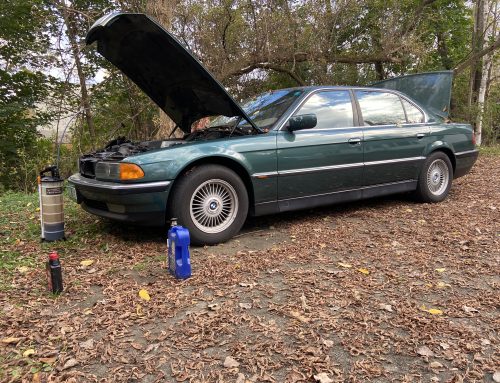


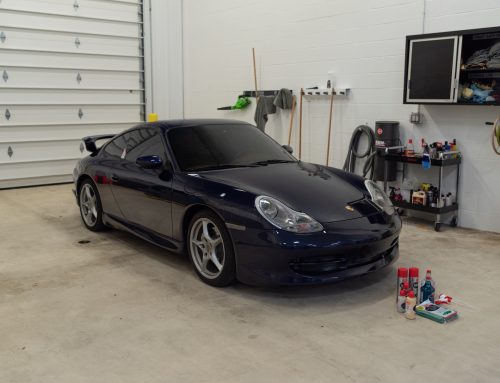
I agree. I appreciate my local mechanics that have worked on my Passats. There certainly is plenty I can do myself, though. And when I do, I can buy about twice as many parts, since I am doing the labor myself, maybe even more since I can buy aftermarket , not VW, parts from you guys. Thanks for all your help.